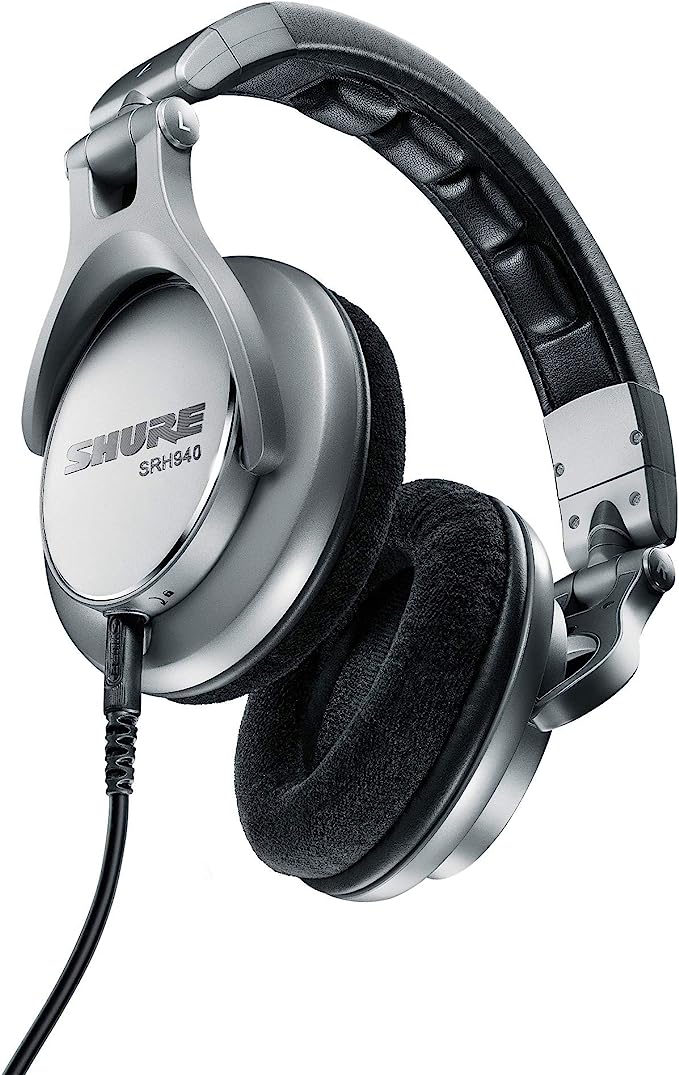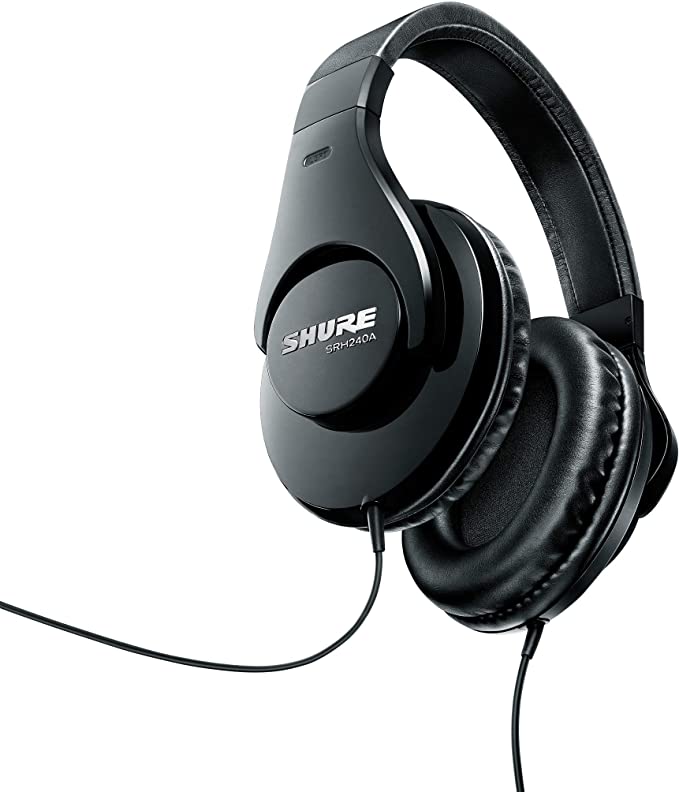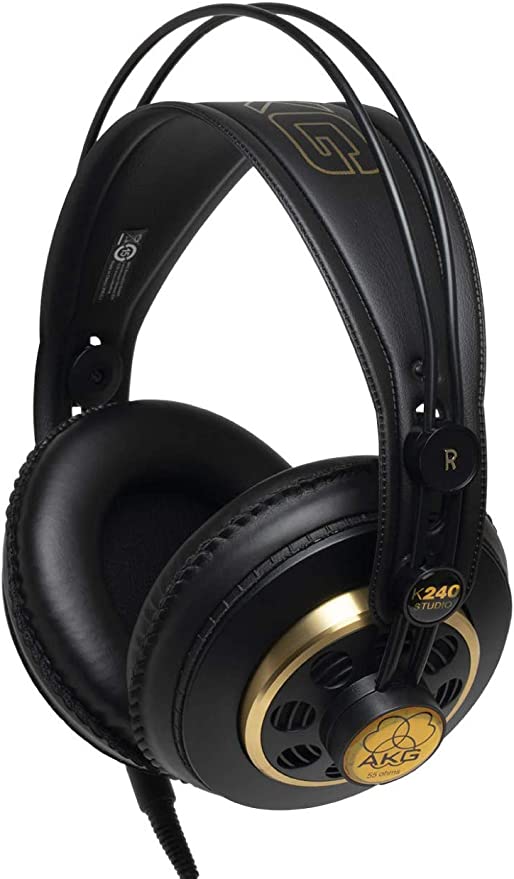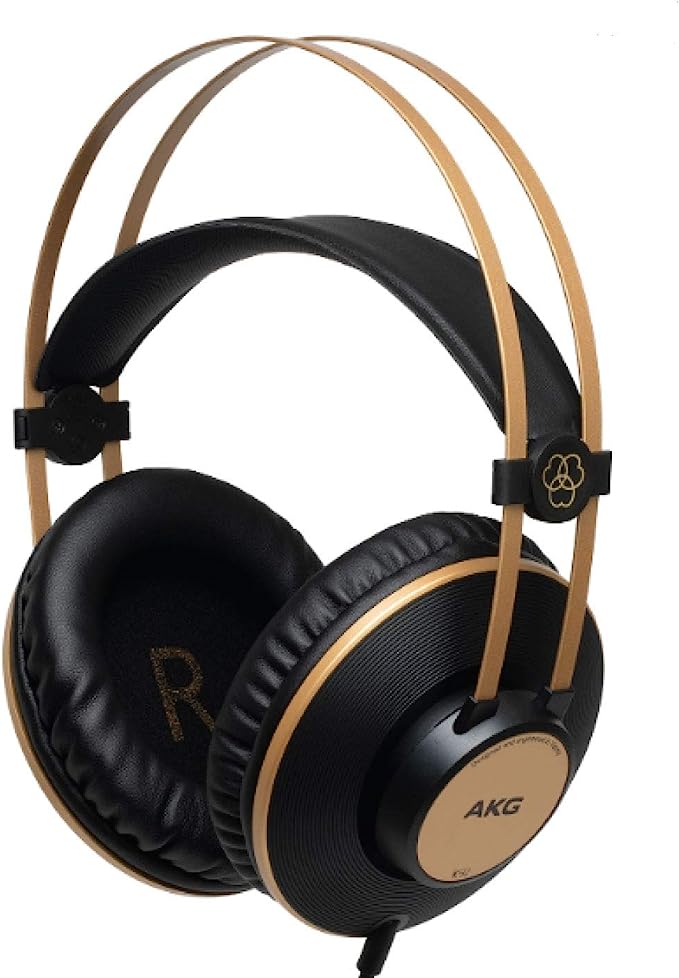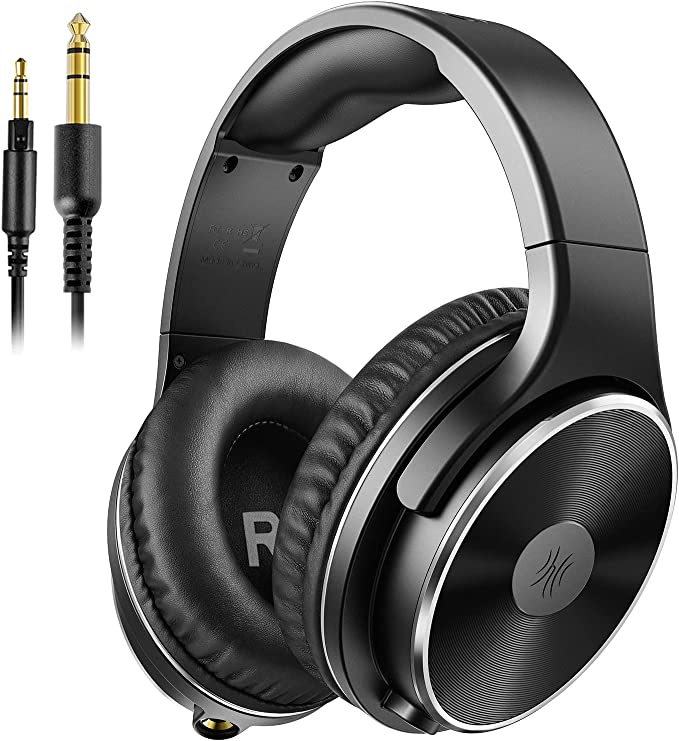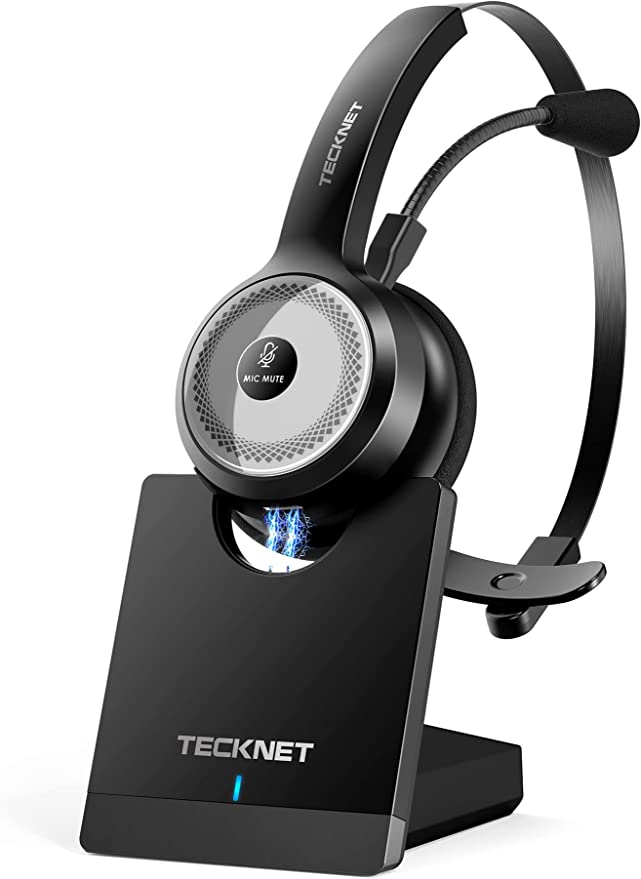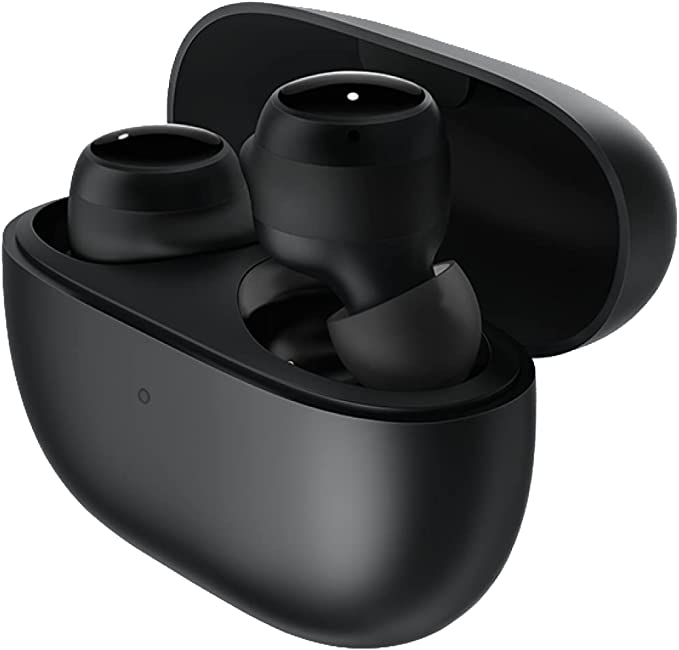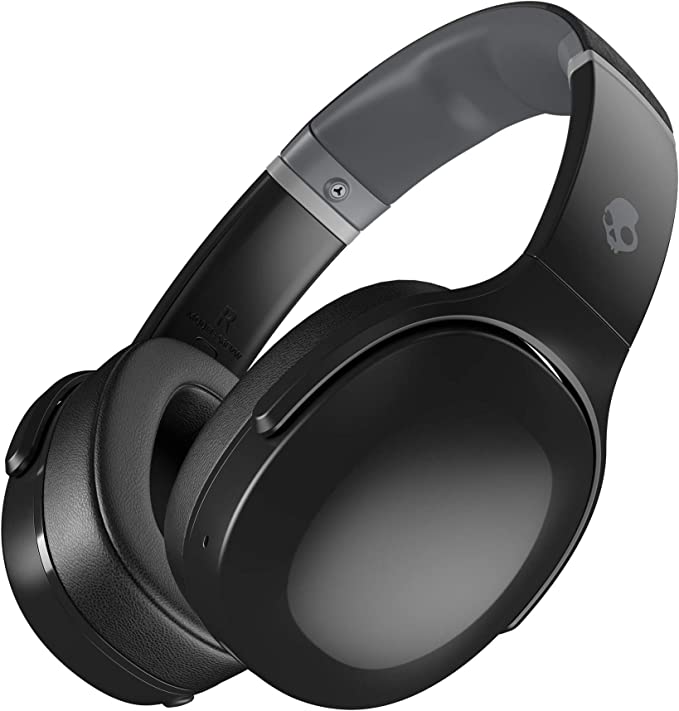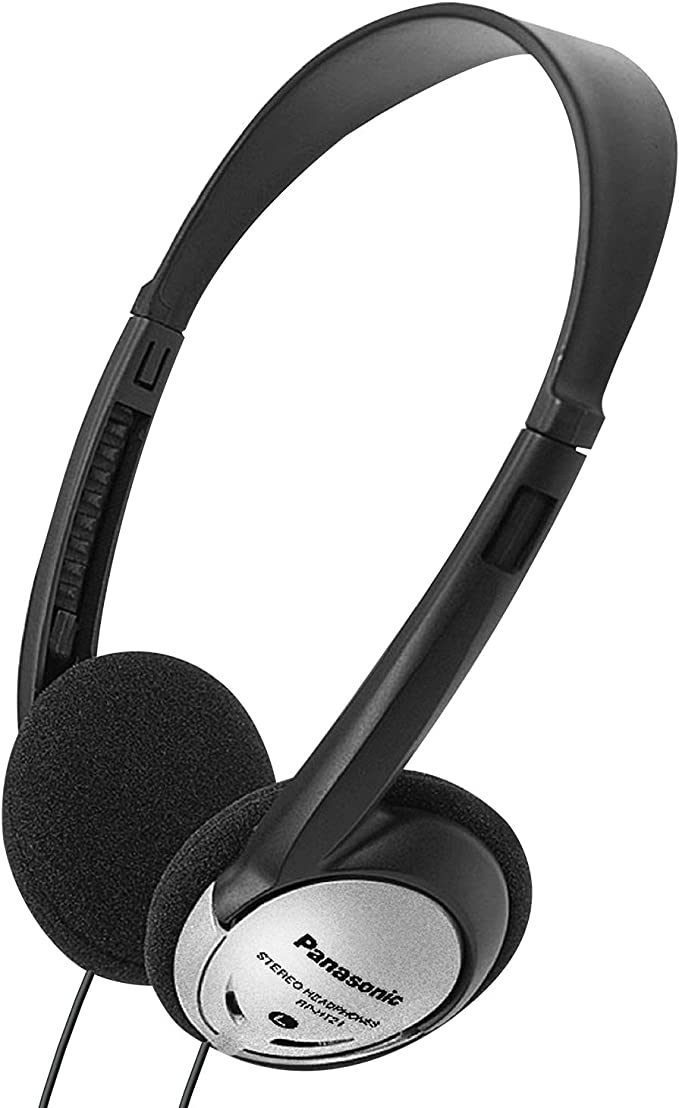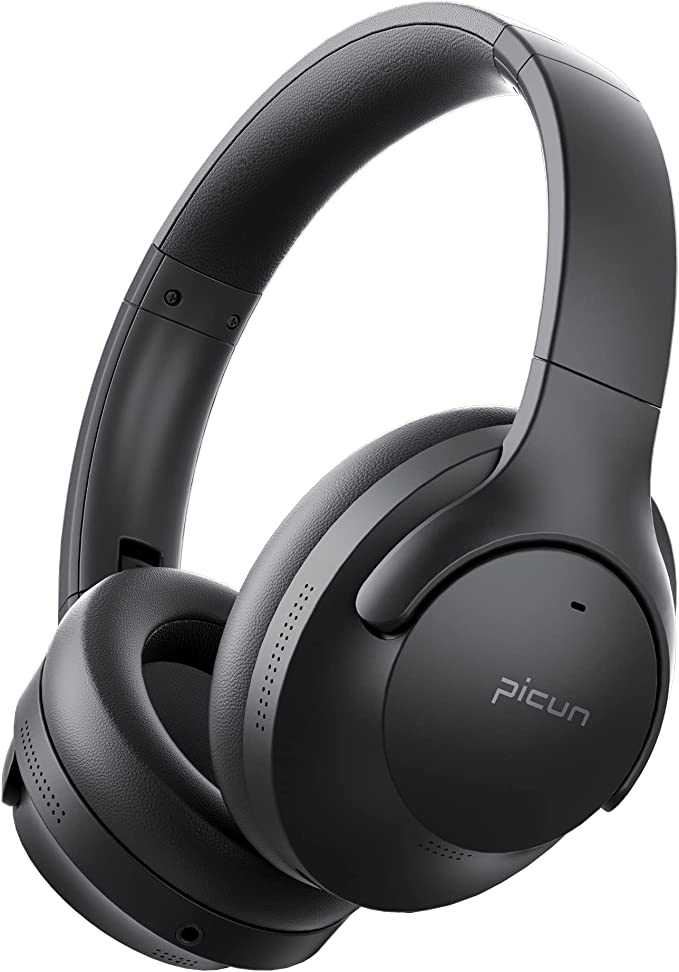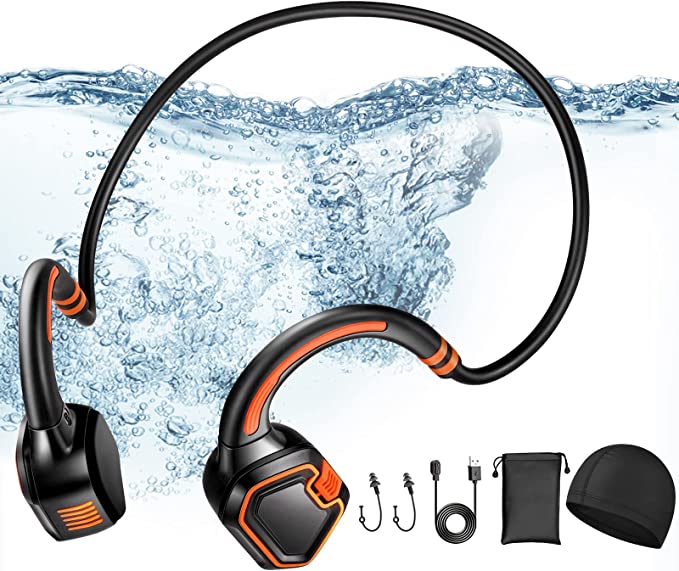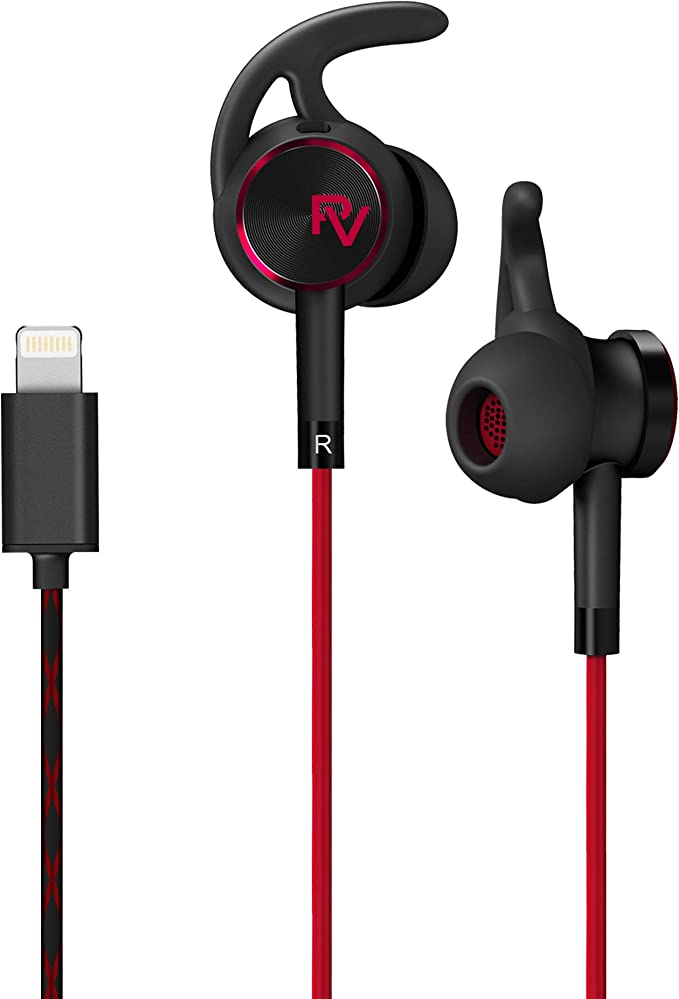The Geometry of Truth: Why Your Headphones Are Lying (And How Koss Pro4S Tells It Straight)
Update on Dec. 7, 2025, 5:20 p.m.
Your favorite headphones are likely lying to you. They boost the bass to make explosions rumble and spike the treble to make vocals sparkle. This is “coloration,” and while it’s fun, it’s a filter that obscures the artist’s true intent.
For audio engineers, podcasters, and critical listeners, truth is the only metric that matters. Enter the Koss Pro4S, a device engineered not to flatter, but to reveal. This article performs a forensic analysis of how Koss achieves this sonic honesty through specific geometric and electromagnetic engineering choices.

The Physics of the “D-Profile” Seal
Most over-ear headphones feature circular or oval earcups. However, human ears are neither circles nor perfect ovals; they are roughly D-shaped. This mismatch creates a fundamental engineering problem: Acoustic Leakage.
When a round cup sits on a D-shaped ear, gaps can form, particularly behind the jaw or temple. In the world of acoustics, a gap is a high-pass filter. It allows low-frequency energy (bass) to escape before it reaches your eardrum, causing “bass roll-off.” To compensate, manufacturers often artificially boost the bass in the driver, leading to muddy, distorted low-end (Physics).
The Koss Pro4S employs a unique D-Profile Contour Sealing Cushion (Thesis). By mirroring the anatomical shape of the ear, the memory foam pads create a hermetic seal with minimal clamping force. This physical seal traps the air volume inside the cup, ensuring that the pressure waves generated by the driver translate directly into bass impact without needing artificial EQ boosts. This is why user “A Guy” describes the sound as “accurate and tight”—the bass isn’t bloated; it’s physically contained.

The SLX40 Engine: Transient Response
Inside the aluminum housing lies the SLX40 dynamic element. While “40mm driver” is a standard spec, the tuning of the SLX40 focuses on Transient Response—the ability of the speaker to start and stop instantly.
In music production, you need to hear the exact moment a reverb tail ends or a compressor clamps down. A heavy, sluggish driver will blur these micro-details. The SLX40 is tuned for speed. Its lightweight diaphragm reacts instantly to voltage changes, allowing it to render the “attack” of a snare drum or the “decay” of a piano note with surgical precision (Expert Nuance). This aligns with Cheddar Cleese’s experience of “hearing new things in tracks I’ve listened to 100’s of times.” The driver isn’t adding detail; it’s simply fast enough not to blur it.
The Closed-Back Trade-Off: Isolation vs. Stage
We must address the physics of the Closed-Back design. The Pro4S is a studio monitor, meaning its primary job is Isolation—keeping outside noise out and headphone noise in (so it doesn’t bleed into your microphone).
So What? The aluminum earcups act as a sound barrier. This is great for tracking vocals, but physics dictates a penalty: Soundstage. Because sound waves cannot escape the cup, they reflect back, creating a narrower, “in-your-head” listening experience compared to open-back headphones (Challenge).
As reviewer “Senor Muchacho Pantalones” noted, the sound can feel “squeezed together.” This is not a defect; it is a feature of isolation. For critical mixing, this focused sound allows you to pinpoint panning positions and frequency clashes that might get lost in a vast, airy open-back soundstage.
TCO Analysis: The Cable Variable
The Pro4S includes a coiled cable, which acts as a natural strain relief in a studio environment (preventing you from pulling your laptop off the desk). However, coiled cables are heavy.
Field Note: The Pro4S uses a standard, non-proprietary 3.5mm jack. This is a massive win for Total Cost of Ownership. If the cable fails, or if you prefer a straight cable with a mic for gaming (like the V-Moda BoomPro), you can swap it instantly for $15. You are not locked into an expensive proprietary ecosystem.
Conclusion: A Microscope for Your Ears
The Koss Pro4S is not designed to make bad recordings sound good; it is designed to show you exactly why they are bad. Through the geometric precision of its D-Profile cups and the transient speed of its SLX40 drivers, it acts as an audio microscope. If you are ready to trade “sweetened” sound for “honest” sound, the Pro4S is your instrument of choice.
